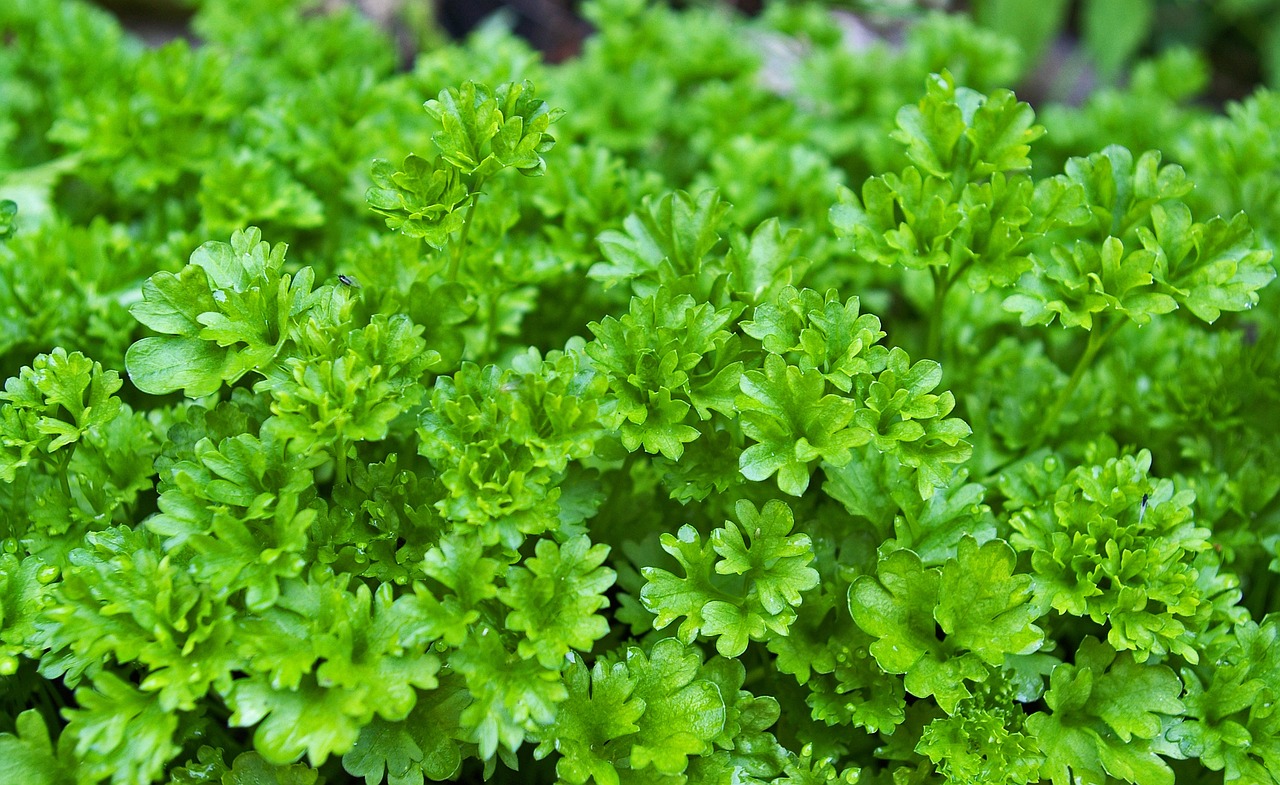
As summer wanes and the air takes on a crisp edge, many gardeners feel a pang of loss. Visions of overflowing vegetable patches and vibrant flower beds fade, replaced by the melancholic sigh of a withering season. But wait! Before you pack away your gardening gloves and resign yourself to bland winter meals, consider the hidden gem that fall offers – a treasure trove of herbs waiting to elevate your autumnal cuisine.
Fall, with its cooler temperatures and longer nights, provides the perfect environment for a surprising variety of herbs to thrive. Gone are the days of battling scorching summer sun and relentless pests. These cool-weather champions not only add a burst of life to your garden but also infuse your fall dishes with an explosion of flavor.
Choosing Your Fall Flavor Squad: Essential Herbs for Every Dish
So, which fragrant warriors should you enlist for your fall culinary adventures? Here are some top contenders, each offering unique taste profiles and culinary applications:
Cilantro
This bright, citrusy herb thrives in cooler weather. Sprinkle chopped cilantro over tacos, salsas, and guacamole for a refreshing and vibrant touch. Don’t forget to harvest the seeds (coriander) – their warm, nutty flavor adds depth to curries and spice rubs.
Parsley
A kitchen workhorse, parsley offers a mild, slightly peppery flavor that complements a wide range of dishes. Use it as a garnish for soups, stews, and roasted vegetables, or chop it finely and add it to stuffings and potato salads for a subtle but welcome dimension.
Thyme
This versatile little herb packs a powerful punch. Its earthy, slightly minty flavor pairs beautifully with fall favorites like roasted root vegetables, creamy potato soups, and hearty stews. Thyme also adds a touch of magic to marinades for poultry and fish.
Sage
The quintessential herb for autumn, sage boasts a distinctive, slightly peppery and savory aroma. It’s a perfect partner for roasted butternut squash, pumpkin dishes, and creamy pasta sauces. Feeling adventurous? Try sage butter for a decadent topping on steak or gnocchi.
Rosemary
With its pungent, piney fragrance and slightly bitter flavor, rosemary is a must-have for fall herb gardens. It elevates roasted chicken and lamb dishes to new heights, and its woody notes add depth to tomato sauces and bean stews.
Oregano
This robust herb is a key ingredient in Italian cuisine. Its warm, slightly minty flavor pairs beautifully with tomato sauces, pizzas, and pasta dishes. Feeling a chill? Oregano adds a warming touch to fall soups and stews.
Beyond the Usual Suspects: Exploring Unique Fall Herbs
For the adventurous cook, fall offers a chance to explore some lesser-known but equally delicious herbs:
Sorrel
This tangy, lemony herb adds a delightful zip to salads, soups, and sauces. It’s particularly well-suited for creamy dishes, where its acidity provides a welcome counterpoint to richness.
Lovage
Don’t be fooled by the name – lovage has a warm, celery-like flavor that elevates soups, stews, and poultry dishes. Its leaves can also be used to make a unique and flavorful pesto.
Chervil
This delicate herb has a subtle anise and parsley-like flavor. It’s perfect for adding a touch of elegance to creamy sauces, omelets, and potato salads.
Thyme (Lemon)
A citrusy twist on the classic, lemon thyme adds a bright, lemony note to seafood dishes, poultry stuffing, and summer salads that extend into fall.
Mint (Chocolate)
Craving a dessert-inspired herb? Look no further than chocolate mint. Its unique flavor adds a delightful twist to brownies, cookies, and even hot chocolate.
Planting and Maintaining Your Fall Herb Oasis
Ready to cultivate your own fall flavor haven? Here are some essential tips for planting and caring for your cool-weather herb garden:
- Location, Location, Location: Most fall herbs prefer full sun (at least 6 hours a day) and well-drained soil. Raised beds are a great option, especially in areas with poor drainage.
- Sowing Seeds or Starting Small: You can either sow seeds directly outdoors 6-8 weeks before the first frost or start them indoors a few weeks earlier and transplant them once the danger of frost has passed.
- Watering Wisely: Water your herbs regularly, especially during hot and dry periods. However, avoid overwatering, as this can lead to root rot.
- Harvesting for Culinary Delights: Harvest your herbs regularly throughout the fall season. Pinching off leaves stimulates growth and encourages bushier plants.
- Extending the Season: Fall doesn’t have to mark the end of your herbal harvest. Here are a few ways to extend the bounty:
- Bring it Indoors: Tender herbs like basil and parsley can be potted up and brought indoors before the first frost. Place them in a sunny window and enjoy fresh herbs throughout winter.
- Preservation Power: Dehydrate your herbs for long-term storage. Simply wash them thoroughly, pat them dry, and arrange them on a dehydrator tray. Once completely dry, store them in airtight containers in a cool, dark place.
- Freeze Freshness: Another option is to freeze your herbs. Wash and chop them finely, then place them in ice cube trays with a little water or olive oil. Freeze the cubes and pop them into soups, stews, and sauces as needed.
From Seed to Supper: The Joy of Fall Herbs
Growing your own herbs isn’t just about convenience and freshness – it’s a journey of discovery and connection. From the satisfaction of nurturing tiny seedlings to the joy of harvesting vibrant leaves, there’s a sense of accomplishment and a deeper appreciation for the flavors that grace your table. So, don’t let the changing seasons dampen your culinary spirit. Embrace the bounty of fall herbs and embark on a flavorful adventure that takes you from garden to gourmand!
